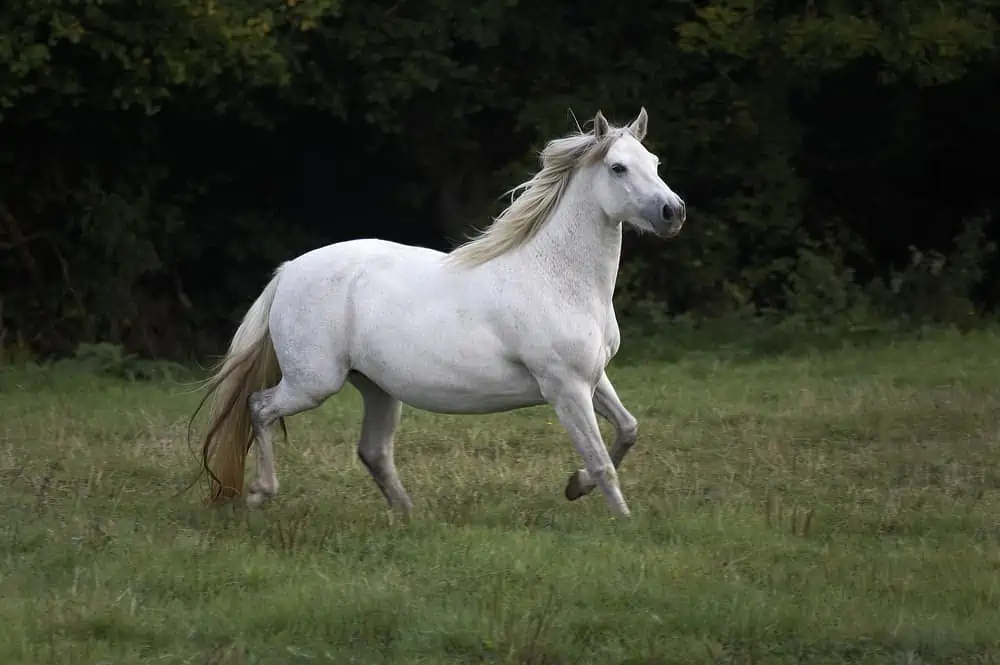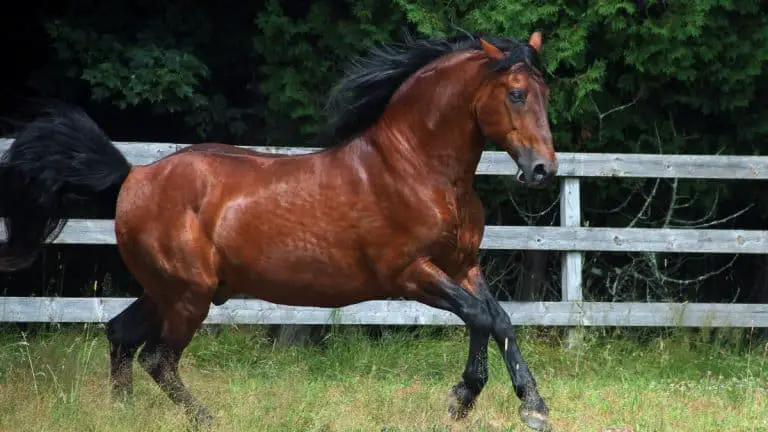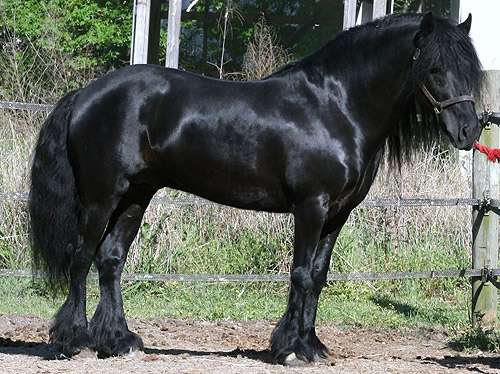
Size
1.22–1.42 meters
Physical Attributes
Connemara ponies, sometimes known as “Connie,” have a strong back and neck and very short, powerful legs. They have typical pony face characteristics like big, widely spaced eyes and small ears. They have a charming, alluring appearance with refined, high cheekbones.
Color
Palomino, bay, dun, gray, black, brown, and chestnut.
Characteristics and Genetics
Connemaras are bred in Ireland and are known for their athletic prowess and sure footing. They are amiable and clever dogs. They make excellent show ponies and are highly adaptable, participating in endurance riding, showjumping, dressage, and even eventing.
In the 18th century, Arabian blood was injected for more power and endurance. They were also mixed with Thoroughbreds and Hackneys. The Connemara Pony Breeders’ Society strove to maintain the breed type as too much crossbreeding started to saturate the pony bloodlines. They are safe for use by both adults and kids. For older veterans seeking for a smaller pony, they are a great option, especially when crossed with a Thoroughbred.
Uses
- The Connemara’s early uses were frequently for labor on Irish farms, and while the breed can still be used for that purpose, it has recently been utilized increasingly for leisure and sport.
- Connemaras are excellent alternatives for the Olympic events like dressage, show jumping, and eventing. Connemara ponies can be used for driving, foxhunting, western pleasure, and whatever else their rider desires, despite the fact that they were designed for these specific activities.
- The majority of Connemara ponies are easy to ride and have a smooth, active, sure-footed stride. They feature strides that cover a lot of ground and are smooth enough to inspire confidence in new riders.
As Pet

Horse activities and training
The Connemara Ponies are incredibly adaptable since they make excellent performance ponies for both trail and pleasure riding. In events including dressage, show jumping, and eventing, they are competitive as sport ponies. They are a nice size for kids and may be ridden by adults. They are renowned for being natural jumpers who are swift, brave, and smart, making them excellent education ponies for new riders.
Typical Health Issues
The Connemara Pony is robust and strong, and it experiences few lameness issues. They have a long lifespan and are frequently seen in their 30s.
Temperament
Connemaras are easy to handle, quiet, friendly, and receptive, and they have a basic level of intelligence.
Feeding
The amount of grass in the paddock where ponies are kept, as well as the job they perform, determine how much food is given to them. Breeders advise hand-feeding hay, but only if there is not enough grass.
Maintenance and Grooming
Like any horse, Connemaras require weekly brushing to remove loose and dead hair. In the winter, they develop a thick coat that needs to be trimmed before showing. Connemaras require foot trimming and worming every six to eight weeks, respectively. The ponies’ feet need to be shod every six to eight weeks if they operate on highways or other hard surfaces. To prevent lameness, it is crucial to check the hooves for any stones that should be removed.
Table





